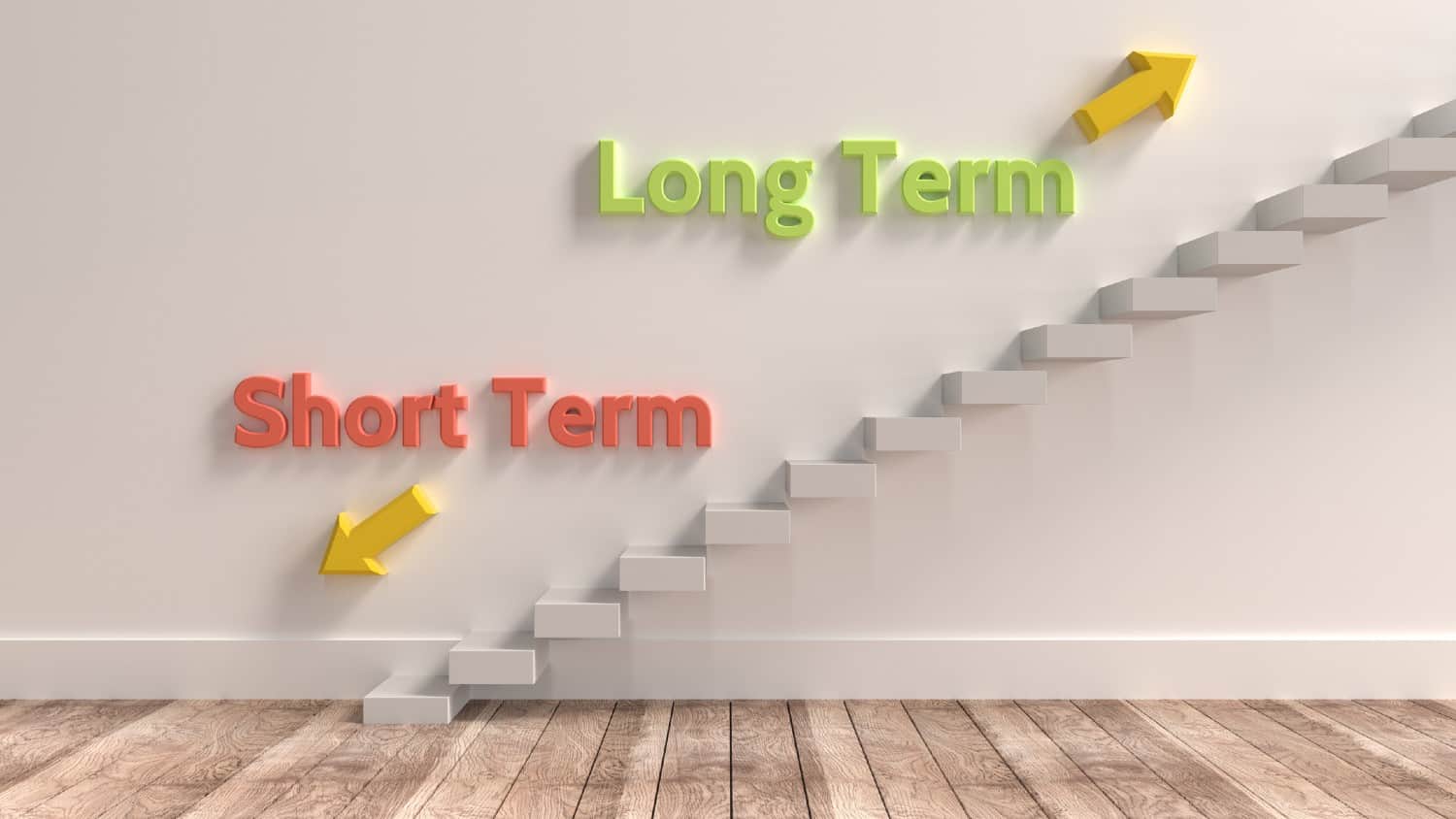For years, I’ve written about how professional fund managers routinely fail to match the returns of their benchmarks.
According to a recent report from S&P Global, 84% of fund managers underperform over a five-year period.
Ninety percent underperform over a 10-year period.
Ninety-five percent underperform over a 20-year period.
Bad as they are, these numbers are actually too generous.
Why? Hundreds of funds are shut down before they ever reach their 10- or 20-year anniversaries.
Their track records are so terrible it is no longer possible to market them to new investors.
And so the assets are folded into other funds. Often again and again.
It’s pretty sobering to consider that an active fund manager doesn’t have a 1-in-20 chance of beating his or her benchmark over the next two decades.
Hedge fund managers aren’t any better.
My colleague Research Director Kristin Orman recently studied hedge fund returns going all the way back to 2005.
Despite these funds’ ability to go long or short – or into any sector of the market here or abroad – most still trailed a plain-vanilla S&P 500 index fund.
She discovered that from April 29, 2005, through January 30, 2023, the S&P returned 395.3%.
The average hedge fund returned just 281.2%. In other words, it underperformed by 114.1 percentage points.
As bad as these professional money managers are, amateur investors are even worse.
Dalbar Inc. – a Massachusetts research firm that is the financial community’s leading independent expert for evaluating investor performance – measures the returns of individual investors who own mutual funds.
Turns out they earn below-market returns in both up and down years.
According to Dalbar, for example, the S&P 500 returned -4.38% in 2018.
But the average equity fund investor was down more than twice as much, earning -9.42%.
In 2021, the S&P 500 had a great year, returning 28.71%. But the average equity fund investor earned just 18.39%.
This is not an occasional misstep. It’s a year in and year out phenomenon.
It’s also a good reason why hundreds of thousands of individual investors have turned to The Oxford Club for help.
Over a 30-year period ending with December 2021, the S&P 500 earned 10.65% a year.
The average equity fund investor earned just 7.13%.
Let’s put that difference in perspective.
An investor who put $100,000 in an S&P 500 index fund – and reinvested his dividends – would have $2.1 million in 30 years.
The average fund investor, on the other hand, turned his or her $100,000 into less than $790,000 over the same period.
It hurts to take the risk of being in the market and leave $1.3 million on the table.
Yet history shows that investors are too complacent to sell during good markets and too despondent to buy during bad ones.
They jump in and out of the market, hoping to be in for the rallies and out during the corrections.
(Instead, they are often in for the corrections and out during the rallies.)
A lot of this behavior is tied to emotions.
Investors chase performance. They succumb to panic-selling.
And many, quite frankly, have no idea what they are doing.
There is an appalling lack of financial literacy in this country.
Many schools don’t teach it.
And parents aren’t terribly knowledgeable themselves in this area. So they can’t pass along good information either.
Financial markets are complex, and there is a lot of off-putting jargon for newbies.
The average American has no understanding of things like 12b-1 fees, price-to-earnings ratios or asset allocation.
And so they trundle down to a local brokerage firm and open an account with someone who promises to handle everything for them.
You can see how that works out in the statistics quoted above.
Much of this is due to the broker converting a substantial percentage of the client’s assets into the firm’s assets.
After a few years, many customers realize they are just treading water. Their accounts are growing slowly or not at all.
In frustration, they often try to manage things themselves through a discount broker.
But while their fees are now lower, they still don’t have the expertise to handle their investments effectively.
And so they become just another casualty among the Dalbar statistics I quoted.
However, there is a practical solution.
And I’ll reveal it over the next several columns.
Credit: Source link














